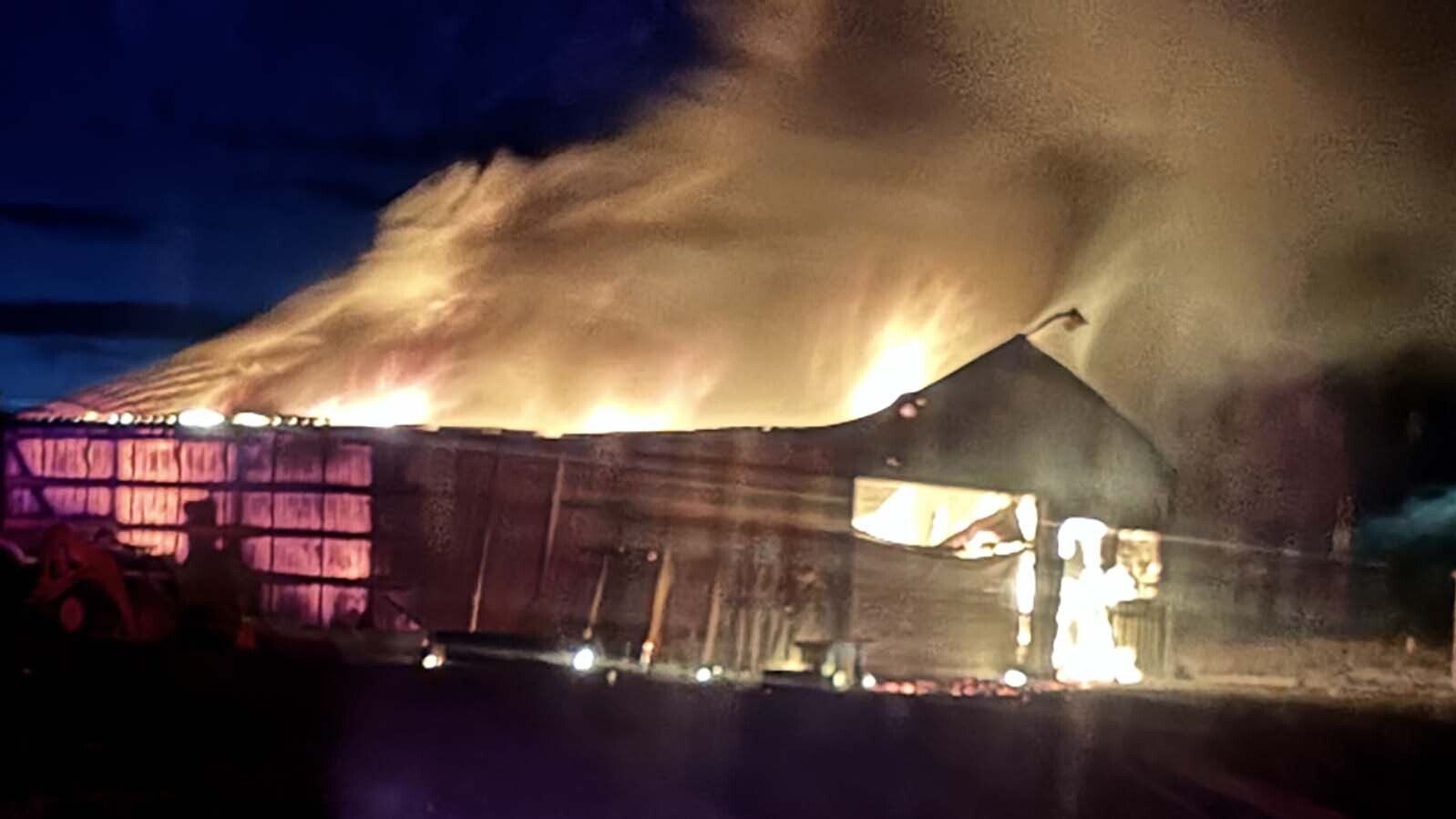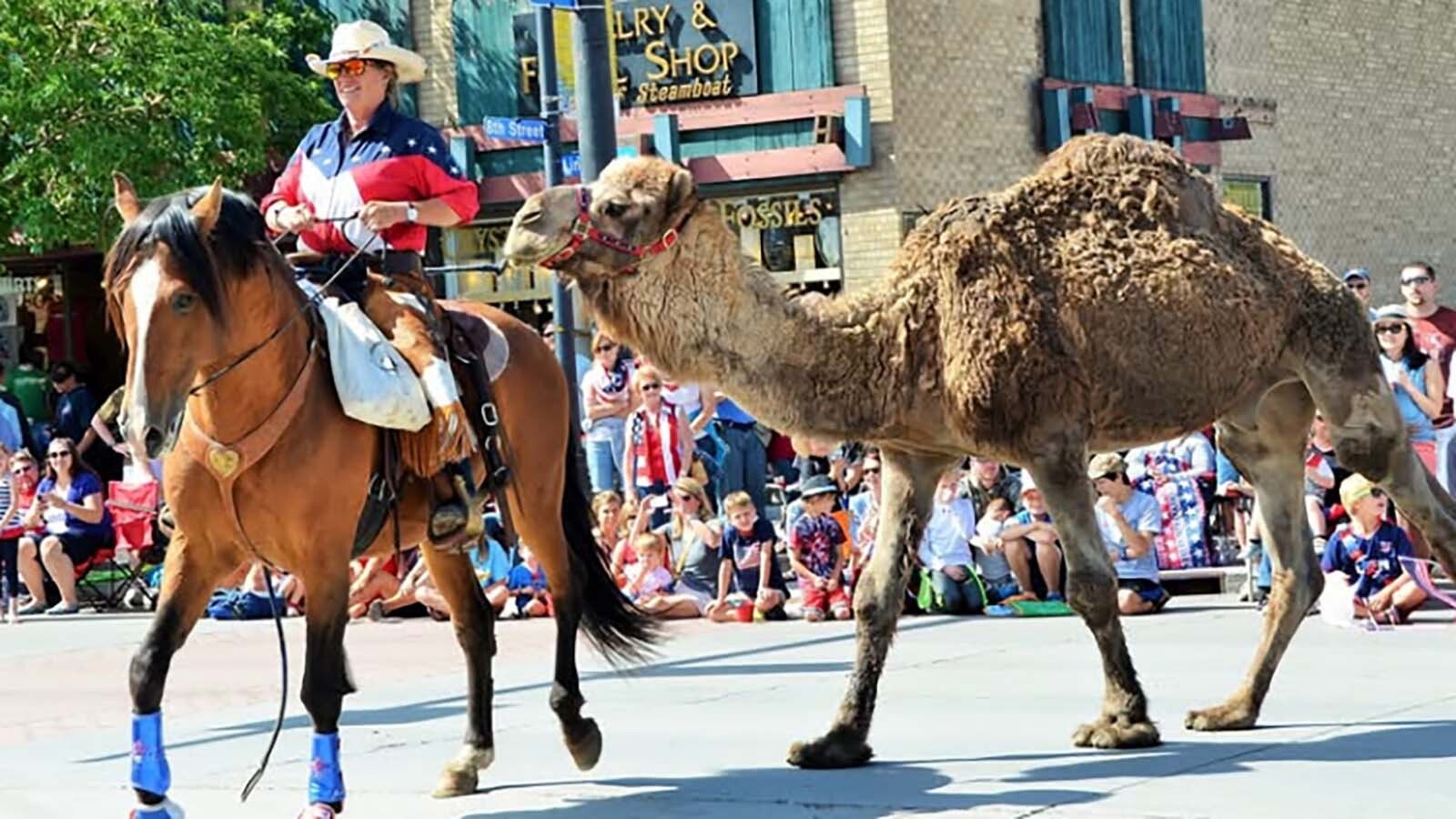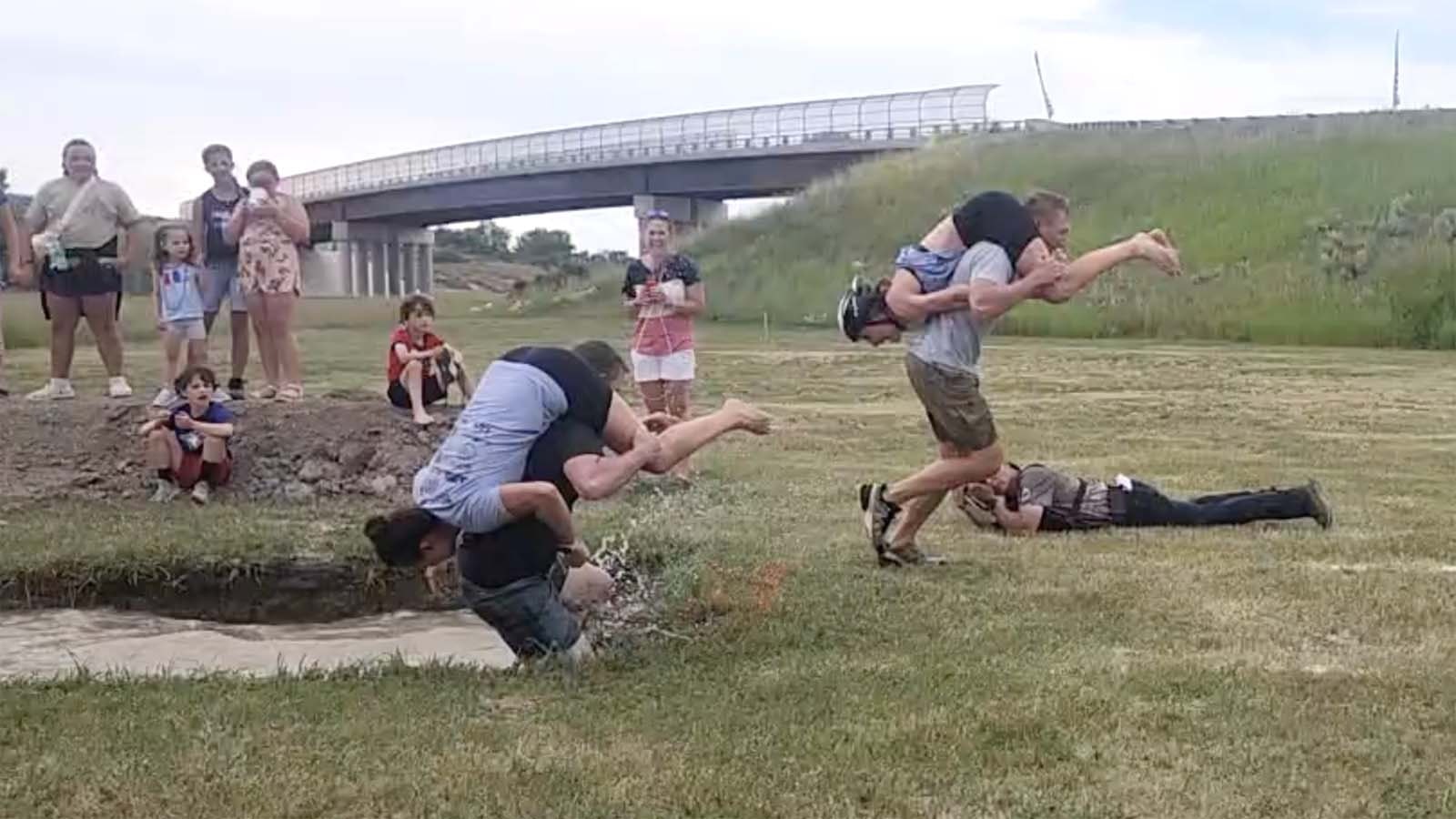Laramie’s Mark Jenkins still travels the world seeking adventure.
Next month, the longtime journalist who has climbed Mount Everest, covered the war in Afghanistan, cycled through Russia and kayaked inside glaciers plans to get back on his bike for a trek across part of Europe.
During a recent talk in Glenrock about his 2012 expedition to the top of Mount Everest with National Geographic Magazine, the 65-year-old author and journalist shared about his love of Wyoming. No matter where his globetrotting assignments have taken him, Jenkins still comes home to the Cowboy State.
He also offered a glimpse into his writing process that has resulted in four books and hundreds of articles in magazines such as National Geographic, Outside, The Atlantic, Backpacker Magazine and more.
His career didn’t unwind in a straight line after he graduated from the University of Wyoming in 1982 with a philosophy degree. He didn’t immediately morph into the acclaimed international journalist he would become, one who was sent on assignment to Virunga National Park in the Democratic Republic of the Congo in 2007 to document the murders of gorillas for National Geographic.
“I thought I would be a writer,” he said. “I went to Boston and failed. I got a job working as a tinner putting in heating ducts for two years, and I wrote.”
He returned to UW to earn a degree in geography, but he never lost his wanderlust and insatiable curiosity. The adventurer who once hitchhiked to Yosemite in 1978 to join his mountain climbing buddies still kept putting pen to paper.
Peanut Butter Progress
“I was planning that if writing did not work, I could go into geography of some kind, maybe as a professor,” he said.
But he said he started eking out a living with his writing, making enough to live in a basement apartment, surviving on peanut butter and jelly sandwiches.
The outdoor adventure magazine market was taking off in the 1980s, and Jenkins found a state outlet for his writing with the Casper Star-Tribune’s weekly magazine. He also started freelancing for other publications like Backpacker Magazine.
He later got more stable gigs writing for Outside Magazine before becoming a field staff writer for National Geographic, a job he held for 10 years.
Foreign assignments over the years have sent him to write about nomadic people in Papua, New Guinea, the impact of land mines in places like Mozambique, Angola, and Cambodia, and killing endangered mountain gorillas in the Congo. He wrote more than 100 stories from other countries at a time the magazine industry was thriving. The long-form narratives magazines are known for allow writers to dig deep into their subjects.
“It’s never been a lucrative life. I’m not a famous Steven King author, I’m a writer from Wyoming,” he said. “But I’ve managed to make a living at it, and it’s been a fantastic run.
“I’ve spent my life doing adventures or covering conflicts sometimes and writing stories. Now that world is all gone, and that path does not exist anymore. I’m speaking here or there, and I’m doing a little writing if I can find a story that I want to write that somebody wants to publish.”
As a mountaineer who cut his climbing chops on the peaks around Laramie and other rugged regions around Wyoming, Jenkins has some opinions on the current Mount Everest scene. He has been on the mountain twice. Once in 1986 on the north side of the world’s tallest peak, and again in 2012, asked to be part of a National Geographic team climbing the Everest to celebrate the 50th anniversary of American Jim Whittaker’s ascent in 1963.
Jenkins told his 20-member audience in Glenrock recently that mountain climbing is basically “narcissistic,” and most mountain climbers have big egos — especially those who attempt Mount Everest.
“It comes off sometimes in the press as heroic. It’s not really,” he said. “Everybody has chosen to be there, even the Sherpas have chosen to be there and that’s not what I call heroic.”
On the flip side, Jenkins believes mountaineering can purify the soul.
“Mountaineering is a mortal sport. If you make the right decisions, you live. If you make the wrong decisions, you die,” he said. “If you do something wrong on a big mountain, you may get through. If you do a couple of things wrong, you won’t survive.”
Everest Experiences
On his first trip to Everest, Jenkins was part of an Alpine team tackling the mountain from the north side. They had no sherpas or helpers and carried their own gear up the slope to the various camps, sometimes making dozens of trips.
They spent 75 days on the mountain and ended up being forced off as monsoon season arrived and avalanches became a real threat.
In 2012, Jenkins and the National Geographic team arrived in Nepal in late April and would spend about 60 days on the mountain before making their ascent. Two members of the team were forced out by physical issues, and Jenkins and his Sherpa on ascent day bypassed the crowded fixed lines and resorted to using their ice picks and crampons to make their way from the last camp to the summit.
“Climbing Everest when it was first done was a bigger, richer challenge,” he said. “They did use Sherpas, they did use oxygen, but the unknowns were great and the risks were great. I felt we had too much help, it felt unsportsmanlike to me. Especially compared to the climbing I did on the north face 25 years earlier, it’s completely different.”
During his 2012 ascent, he and his Sherpa came across three dead bodies on the way to the peak. In writing his story for the magazine he inquired about the death of each one and learned that all of them had ignored warnings from their Sherpas that they were not physically capable of making the ascent and getting back safely.
Despite that, Jenkins said the death rate on Mount Everest because of the fixed lines installed by Sherpas, the use of oxygen, and the sometimes three Sherpas assigned to a climber means better odds of making the peak. Jenkins said when he stood off to the side of the peak, with many others there as well, he couldn’t fully appreciate being on top of the world.
“Twenty-five years earlier we got washed out by avalanches. So, it was good to get it knocked off,” he said. “But I also had this uneasy sense of ambiguity. For me as a climber, I am not sure at that point I really deserved the grandeur of the tallest peak in the world. It hadn’t felt like it had been a fair fight.”
For those who ask him if they should attempt Everest today, Jenkins said his reply to wannabe “Everesters” is to grab their buddies and go climb mountains around Wyoming. Then go to South America and tackle some of those peaks.
Journalist And Author
When he wrote his story for National Geographic in 2012, he said he initially wanted to talk about the difference between “clients” and “climbers.”
He defines clients as those who want to ascend the mountain as part of a bucket list and have the money to do it. Climbers are those who have spent years with ice axes and on rope lines and know how to put on their crampons.
The magazine nixed that angle. His original 7,000-word assignment was cut to 3,000 words.
Editors have told him not to include “history” and “geography” in articles because Americans generally don’t care and don’t read that kind of prose.
As a journalist and author, Jenkins said his main writing process on expeditions means spending a lot of time when everyone else is asleep writing in his journal about the events of the day. He also takes a lot of photos, most of which will never see publication but help him remember certain events and capture a moment in time that will document descriptions of places or people.
When he returns home from the expedition, Jenkins said he reads a lot.
“I’ve read a lot before I go, talked to a few experts so I can ask intelligent questions, then I take tons of notes, shoot lots of pictures, then I come back and reread or read things that I have been told I should read,” he said. “Then I sit down by my computer and have a stack of books that I’ve read and a stack of journals and pictures and start throwing it all up. That’s what I’ve done my whole life.”
What gets published is usually the result of several drafts. His books such as “Off The Map” about cycling from Vladivostok to St. Petersburg, Russia, in the late 1970s, or “To Timbuktu” about a kayak journey with buddies to find the headwaters of the Niger River in Africa “try to tell the whole story.”
“To Timbuktu” was selected by the Los Angeles Times Book Review as one of the best books of 1997, while USA Today characterized “Off The Map” as “a literary epic.”
Jenkins said today’s journalism typically involves an immediate reaction to an event or incident that’s happening.
“What I think we have lost there is the contemplative side, where it’s not that moment that matters, but that moment fits into this whole experience. I think that is what we have kind of lost,” he said.
Always An Adventurer
Ever the world adventurer, Jenkins keeps his passport close at hand. He still enjoys buying a cheap plane ticket and flying to eastern Tibet, where after getting some food, he takes a bus ride to climb a peak.
This September, he and his wife, Martha, plan to go to Europe and cycle through the countries of the Balkans. There may be a peak in Ecuador after that.
But he always comes back to Wyoming.
“I did a story for Backpacker Magazine years ago about where is the most remote place you can be in the contiguous 48. It turns out to be just down in the southeastern corner of Yellowstone National Park because the furthest you can get is 23 miles from a road — a dirt road,” he said.
In the East, Jenkins said one can never be further than 10 miles from a road.
He tries to climb in the Big Horns and Wind River Range every year. He characterizes Wyoming as one of the few places on Earth that is not all developed and urban, “and all the animals are gone.”
Don’t look for him to slow down anytime soon.
“I will continue to do adventures for the rest of my life,” he said.
Dale Killingbeck can be reached at dale@cowboystatedaily.com.













